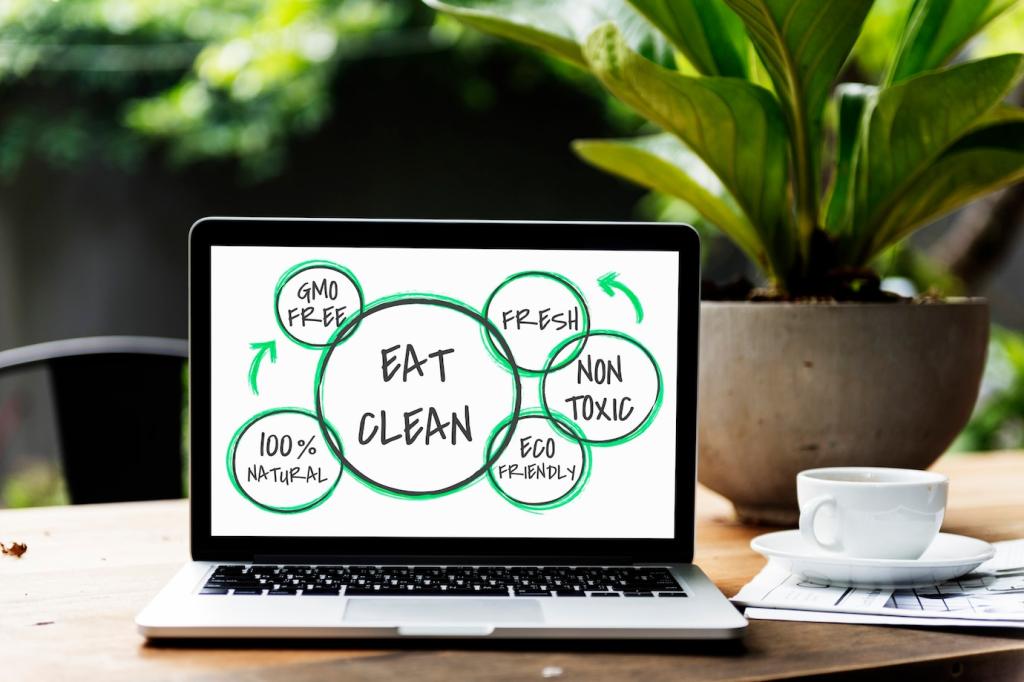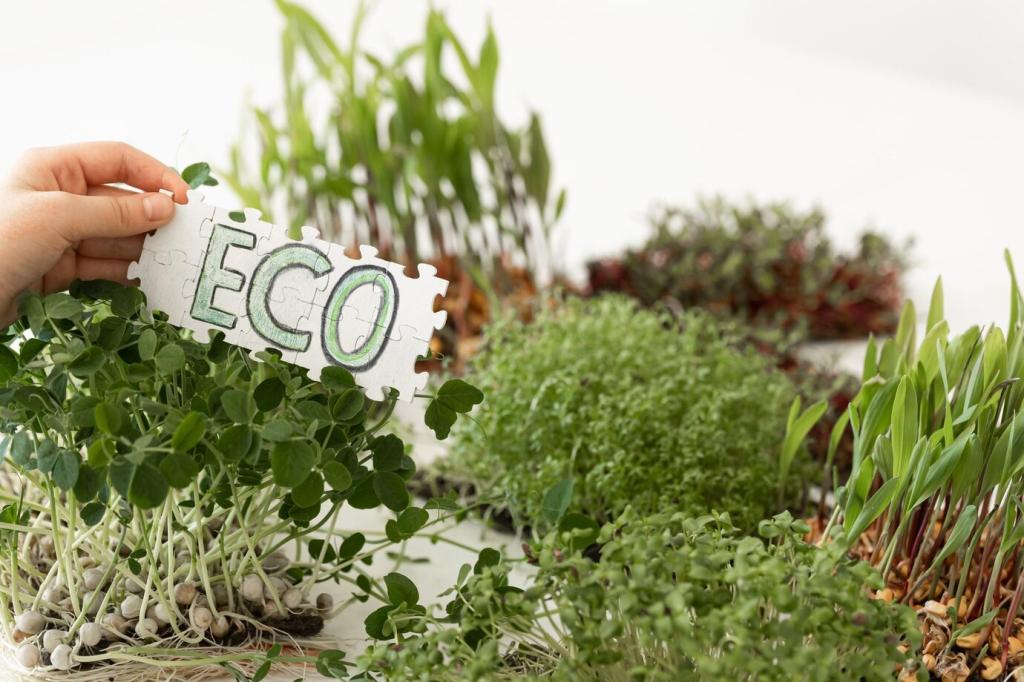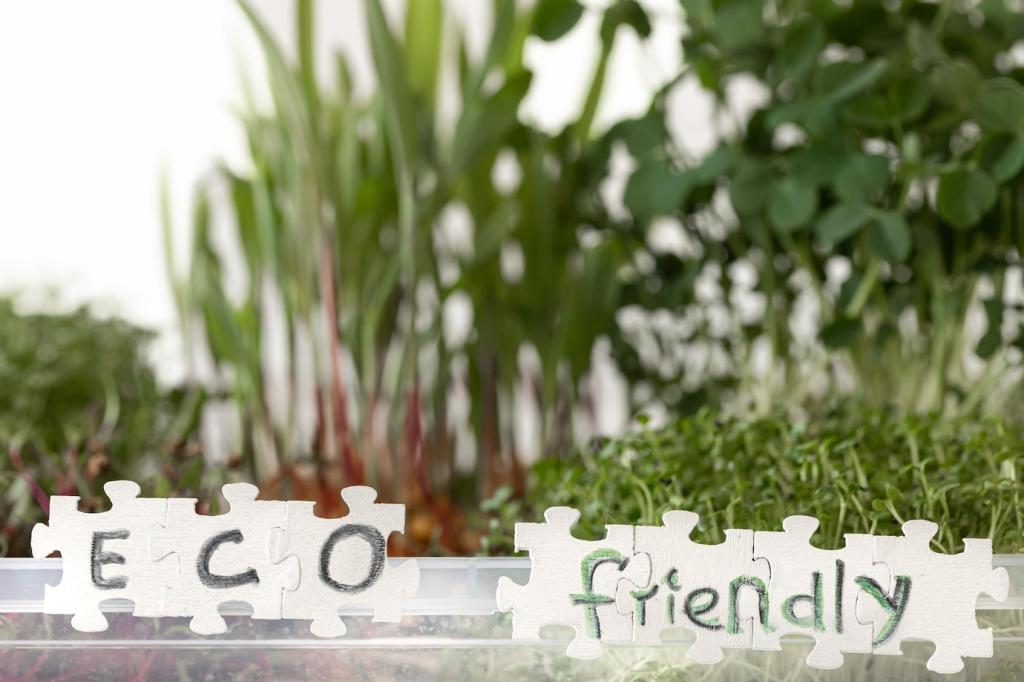Design Details: Air, Vapor, and Thermal Bridges
Sealing top plates, attic hatches, plumbing stacks, and can lights delivers outsized gains. A blower-door test locates hidden leaks, guiding targeted fixes. Air tightness boosts comfort and keeps insulation honest. Share your leakage pain points, and we’ll suggest the simplest, highest-payback sealing steps.
Design Details: Air, Vapor, and Thermal Bridges
Use vapor-open materials to the exterior in cold climates and consider smart membranes inside to avoid trapping moisture. Design for drying pathways in both directions where possible. We’ll help match perm ratings to your climate. Ask about dew point checks for your wall thickness.









